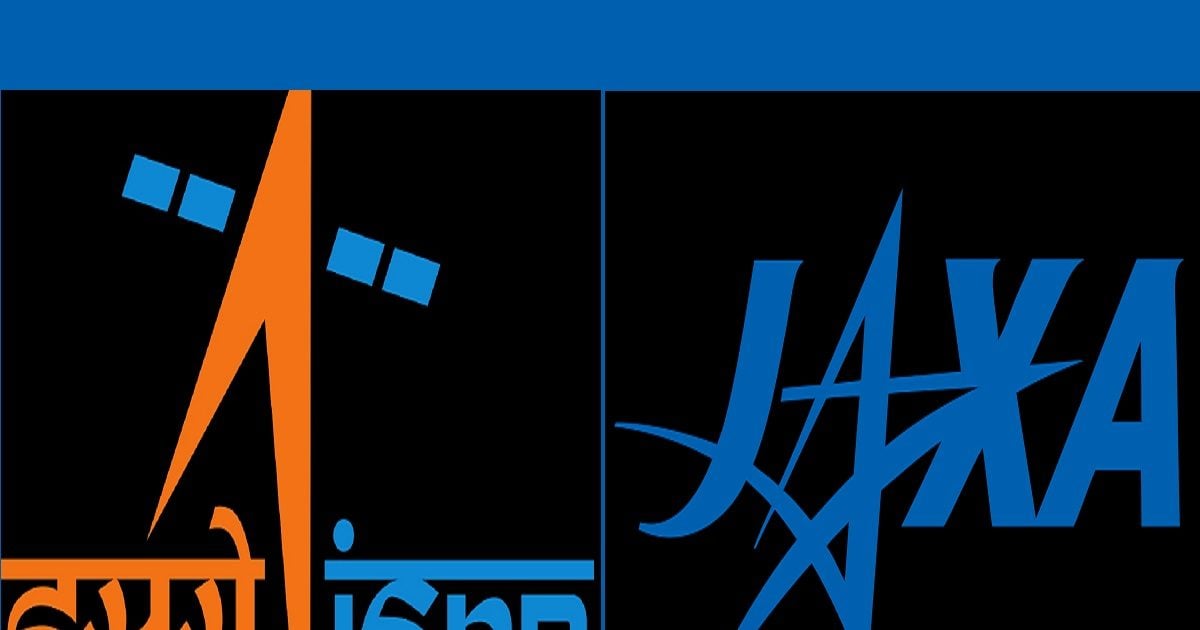Contents
Highlights
Recently, India’s ISRO successfully landed on the South Pole of the Moon.
It will benefit from ISRO and Japan’s joint mission LUPEX.
ISRO’s lander will travel to the lunar poles with the Chapani rocket and rover in Lupex.
After the failure of Russia’s Luna-25, the success of India’s Chandrayaan-3 has changed the situation on the global stage of space. ISRO’s success has given new life to the space race in the world. Along with this, a new enthusiasm has been imparted in ISRO of India as well. Now lunar exploration and missions will also get a boost. Another big news for India during the landing of the Chandrayaan mission is that India and Japan will jointly investigate the presence of water on the lunar poles. The rocket and rover will be from Japan while the lander will be from Isro.
joint operation
The announcement was made recently after a meeting between ISRO Chief S Somnath and Saku Tsuneka, Director General of Japan’s National Astronomical Observatory and Vice Chair of Japan’s Cabinet Committee on National Space Policy. This investigation of water at the poles will be carried out by the Joint Lunar Polar Explorer (LUPEX) expedition.
What will be the purpose of this campaign?
Lupex will be launched in the next few years but the date has not been set yet. The main goal of this collaboration will be to find sources of water on the Moon, besides finding suitable land for building bases at the lunar poles, as well as working on vehicle support and long-term equipment maintenance techniques.
To perform activities on the moon
The long-term goal of both countries will be to try to create an environment to build such a base on the moon so that sustainable activities can be carried out there. This expedition can be considered as a major step in India’s exploration of the moon. It is to be noted that the brainstorming for this campaign was going on for some time now.
Water patterns and figures
According to JAXA’s website, analysis of observational data over the past few years has indicated the presence of water in the polar regions of the Moon, and JAXA is planning an international joint mission in collaboration with ISRO to determine the nature of water on the Moon. and to obtain quantity figures.
Sustainable space exploration
JAXA says that through this mission, it aims to contribute to stronger international cooperation in the field of sustainable space development in collaboration with ISRO, thereby ensuring proper use of resources for sustainable space exploration in the future.
,
Tags: Chandrayaan-3, India, ISRO, Japan, the moon, Research, Science, space
First published: August 24, 2023, 15:58 IST

